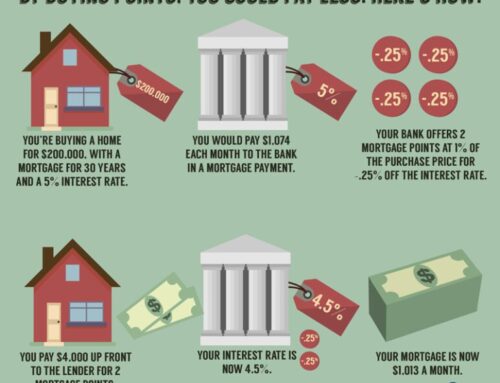National average 30-year fixed rate mortgage interest rates have been under five percent for over five years. They should stay low forever, right?
Economists predict that the soaring economy, improved job outlook and ebullient consumer confidence will cause the Federal Reserve to start raising overnight borrowing rates to banks. Mortgage interest rates will become volatile, and things can change quickly for consumers.
To illustrate changing mortgage interest rates and their impact on your monthly payment, consider what a difference even a small dip and rise in interest rates means to you.
In December 2014, the median-priced home in the U.S. was $209,500, according to the National Association of REALTORS®. If you purchased this home for $200,000 and with 20 percent down and a benchmark fixed-rate mortgage with the December national average commitment rate of 3.86 percent (Freddie Mac), your payment would be $751.01 a month.
You’ll make 360 total payments of $270, 362.59, with $110,362.59 in interest over the term of the loan.
The same home with the same loan on February 5 would be very different. The national average commitment rate is 3.59 percent, your payment is 726.53 and your total payments add up to $261,552.16 and 101,552.16 in interest.
The difference isn’t much — just under $25 a month and $8,810 in round numbers.
But what if interest rates go up as economists predict? The January 2015 outlook by Kiplinger’s predicts that interest rates could go as high as 4.9 percent. What would your monthly payments look like then?
Your monthly payment would be $849.16, for a total of $305,698.59, and interest payments of $145,698.59, a difference of $122.63 monthly and $44,146.43 in interest by the end of the loan.
If you’re interested in buying a home, mortgage rates are unlikely to stay low much longer.
Position Realty
Office: 480-213-5251



